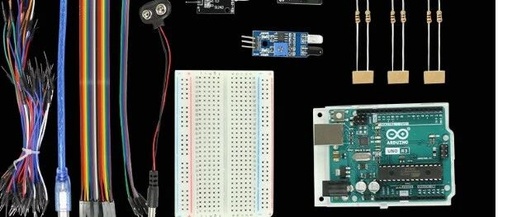Understanding Development Board Examples: Why Can’t You Create Your Own Projects?
A few days ago, a beginner asked me why, after running through all the examples on the STM32 development board—from lighting LEDs, handling buttons, serial communication to ADC acquisition—he felt he understood the code. However, when it came to starting a project, his mind went blank, and he had no idea where to begin. It … Read more








